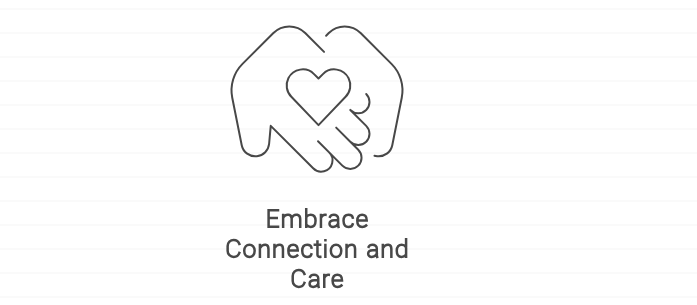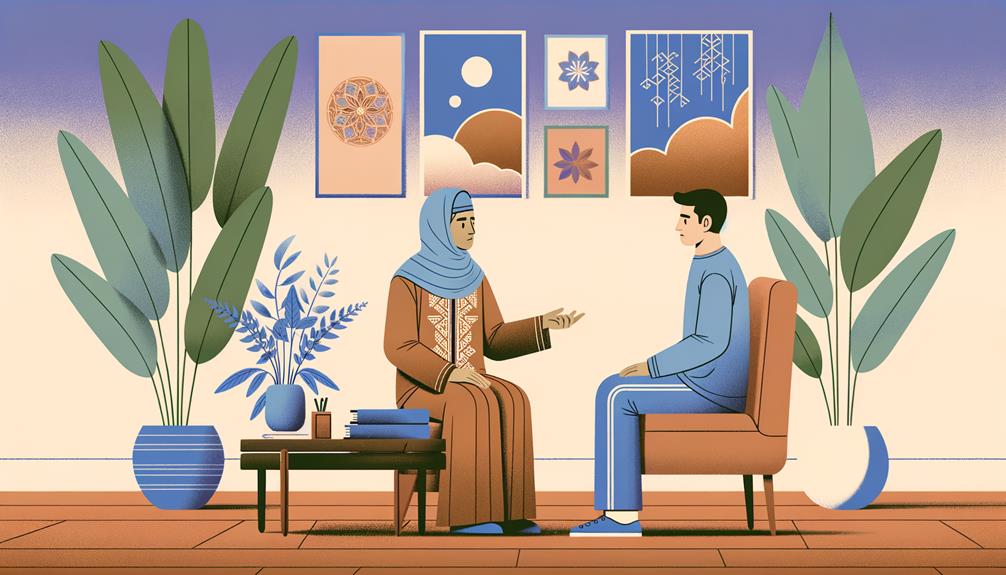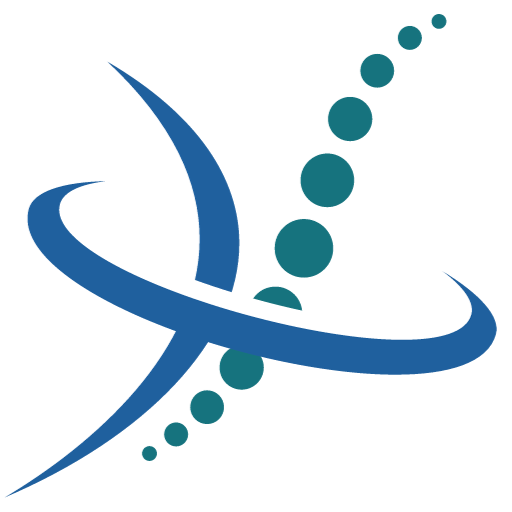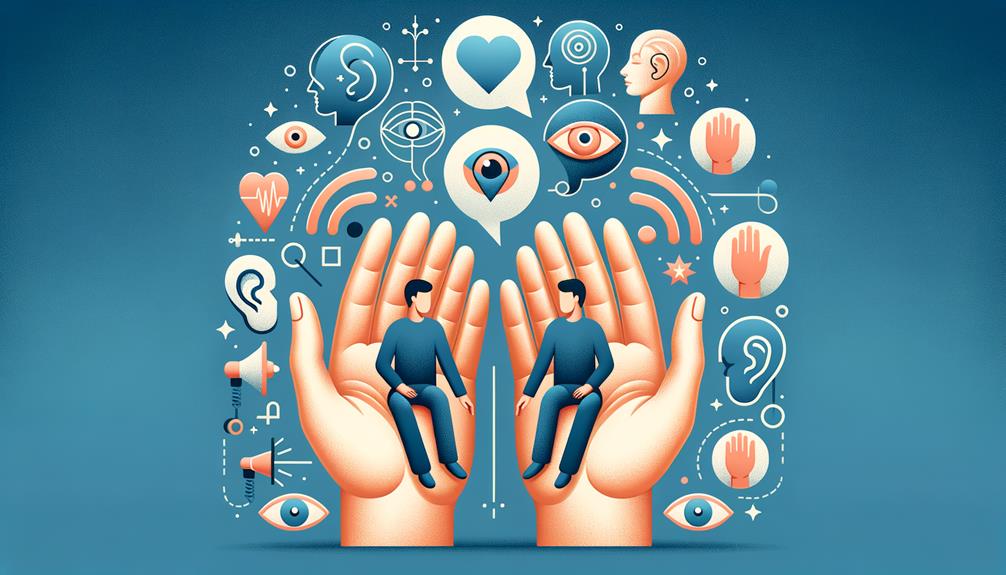As a Registered Massage Therapist (RMT) with over a decade of experience and certification in Manual Lymphatic Drainage Therapy (CMLDT), I’ve learned that effective client communication is as crucial as hands-on skills in building a successful practice. In this comprehensive guide, I’ll share my expertise on active listening, customizing treatments, obtaining consent, and maintaining open communication to enhance your therapeutic relationships and boost client satisfaction.
Understanding Your Client’s Needs

The foundation of effective communication lies in understanding your client’s unique needs, expectations, and concerns. To achieve this:
- Conduct thorough intake interviews
- Ask open-ended questions to encourage clients to share their goals and preferences
- Pay attention to verbal and non-verbal cues
- Tailor your communication style to each client
According to a study published in the Journal of Bodywork and Movement Therapies, clients who felt their therapist understood their needs reported higher satisfaction levels and were likelier to return for future sessions.
Effective Intake Conversations

The initial intake conversation sets the stage for a successful therapeutic relationship. To make the most of this opportunity:
- Create a welcoming environment with a warm greeting and eye contact
- Use the client’s preferred name and pronouns
- Utilize a well-organized intake form to gather relevant information
- Actively listen to the client’s responses and ask clarifying questions
- Explain the treatment plan and obtain informed consent
The American Massage Therapy Association (AMTA) noted, “Effective communication during the intake process helps establish trust, clarify expectations, and lay the groundwork for a positive therapeutic relationship.”
Communication During the Massage
Ongoing communication throughout the massage session is essential for ensuring client comfort and satisfaction. Key strategies include:
- Checking in regularly about pressure, temperature, and overall comfort
- Paying attention to non-verbal cues, such as muscle tension or facial expressions
- Adjusting your technique based on client feedback
- Maintaining a professional and respectful tone
- Respecting the client’s right to modify or terminate the treatment at any time
As Ruth Werner, author of A Massage Therapist’s Guide to Pathology, emphasizes, “Continuous, respectful communication during the massage helps create a safe, comfortable space for the client to relax and receive the full benefits of the treatment.”
Post-therapy Feedback and Follow-Up
Effective communication extends beyond the massage session itself. To foster long-term therapeutic relationships:
- Offer personalized self-care recommendations based on the client’s needs
- Schedule follow-up appointments and check-ins as needed
- Encourage clients to provide feedback on their experience
- Address any concerns or questions promptly and professionally
- Maintain client confidentiality in all communications
According to a survey by the National Certification Board for Therapeutic Massage and Bodywork (NCBTMB), clients who received personalized post-therapy advice and follow-up reported higher satisfaction and loyalty to their massage therapist.
Handling Difficult Conversations

Occasionally, RMTs may need to navigate challenging client conversations, such as addressing unrealistic expectations or discussing contraindications. When faced with these situations:
- Remain calm, professional, and empathetic
- Actively listen to the client’s concerns
- Provide clear, evidence-based explanations
- Offer alternative solutions or referrals when appropriate
- Maintain appropriate boundaries and respect the client’s autonomy
As the College of Massage Therapists of Ontario (CMTO) states, “Effective communication skills, including active listening, empathy, and clear explanations, are essential for handling difficult conversations professionally and ethically.”
Mastering client communication skills is an ongoing process that requires dedication, self-reflection, and a commitment to continuous learning. By implementing the strategies outlined in this guide, you can build stronger therapeutic relationships, enhance client satisfaction, and ultimately, grow a successful and fulfilling massage therapy practice.
Frequently Asked Questions
How Do You Communicate Effectively as a Massage Therapist?
Communication is critical for a massage therapist. I listen to my clients, taking the time to understand their needs and concerns. I also explain what I’m doing so there are no surprises. My top priority is their comfort, and I always respect their boundaries. I also watch for nonverbal signs, adjusting my approach based on their reactions to ensure they’re relaxed and satisfied with the treatment.
How Do You Communicate Effectively With Clients?
When it comes to interacting with clients, I make sure to really listen to what they’re saying so I can fully grasp their needs. If there’s anything unclear, I won’t hesitate to ask for more information to ensure no misunderstandings occur. I’m also pretty flexible with my communication style, adjusting it to what the client seems most comfortable with. For instance, they’re more comfortable with formal language; I’ll stick to that. But if they prefer a more casual conversation, I can also switch to that.
I always explain procedures in a simple and understandable way to ensure the client knows exactly what’s going on. And I don’t just stop there; I’ll regularly check in with them to ensure they’re happy and satisfied with how things are going. That way, I can quickly address potential issues, providing a smooth and pleasant experience for everyone involved.
Why Are Good Communication Skills Important to a Sports Massage Practitioner?
Being a good communicator is super important as someone who works in sports massage. Why, you might ask? Well, it’s all about understanding what the athlete needs from me. If I can chat with them and get a clear idea of what they’re looking for, I can tailor my approach to meet those needs. Clear communication can help avoid confusion, which goes a long way toward building trust. When an athlete trusts me, they’re more likely to relax and let the therapy do its work.
How Do You Talk to a Client on a Massage?
When interacting with clients during a massage session, I make sure to be crystal clear in explaining the different massage methods I’m using. I like to keep the conversation flowing – asking them about their preferences and checking their comfort. I’m always ready to adjust the pressure according to their needs. After the session, I casually discuss self-care tips they can follow. It’s all about communicating well and making a massage session effective.



